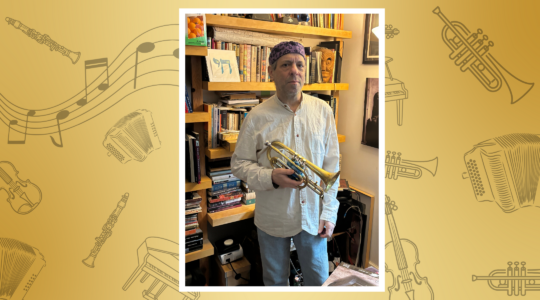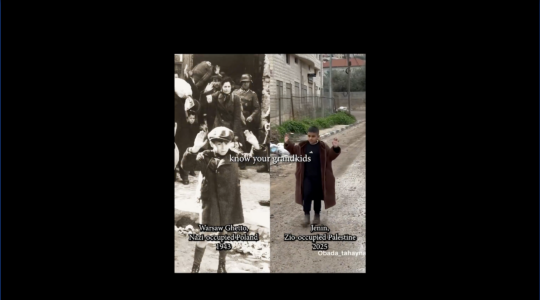With the season of shofar-blowing upon us, it’s once again time to press our lips to the curling ram’s horn and attempt to not make an incredibly embarrassing sound in front of the entire congregation.
You might not know it, but Jews aren’t the only ones who’ve done weird things with animal horns:
There were the bovid horns found in King Tut’s grave, for instance, which paved the way for the instrument we call the trumpet.
There were the original shoehorns, which weren’t the plastic doodads found in hotel rooms.
And then, the least likely of all: the powder horn. Fixed with lids and straps and packed full of gunpowder for vanquishing one’s enemies, powder horns—from the Middle Ages through the 18th century—were typically made from cow, ox, or buffalo horns. Carriers would load powder into the horn using the wide mouth, then funnel it into the weapon via the narrow end. The horns’ waterproof, protective shells ensured against detonation from errant sparks, making it ideal for the task.
____
Watch how to blow a shofar:
Learn the shofar sounds:
JTA has documented Jewish history in real-time for over a century. Keep our journalism strong by joining us in supporting independent, award-winning reporting.





